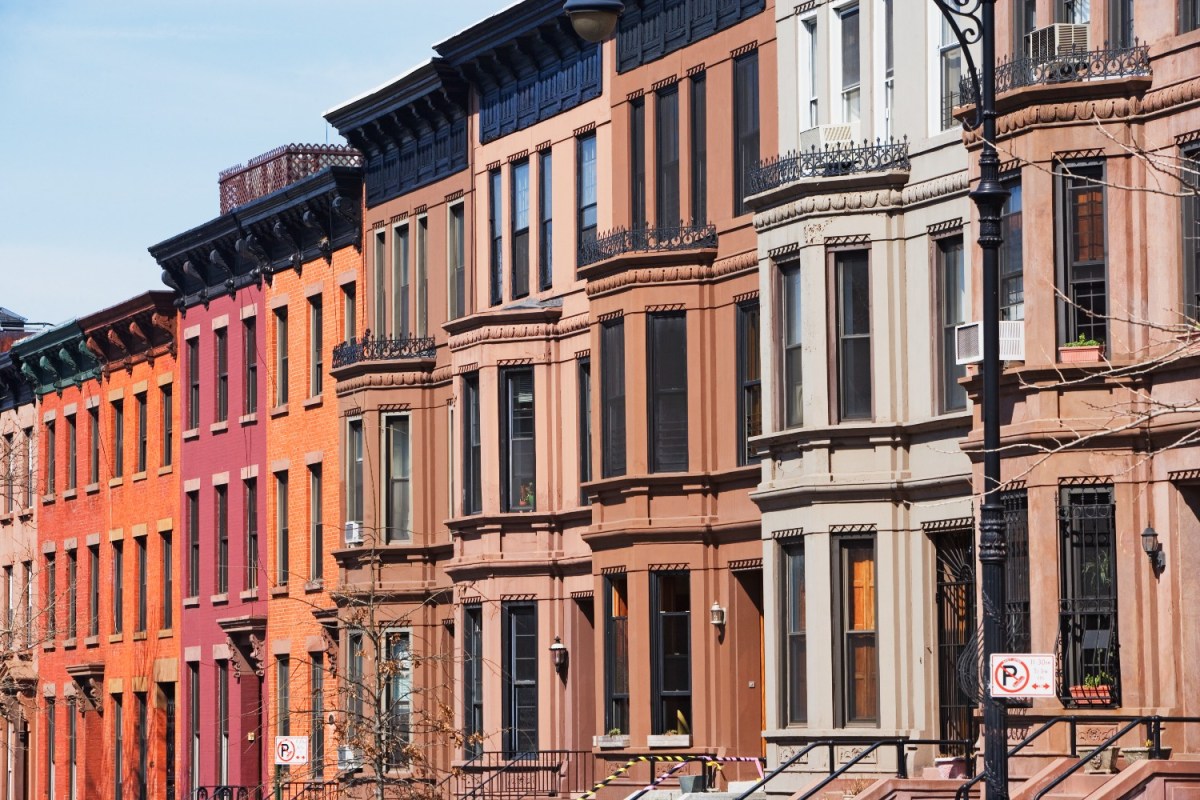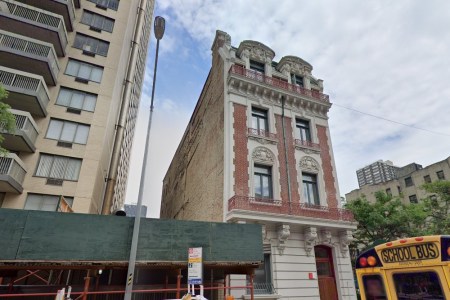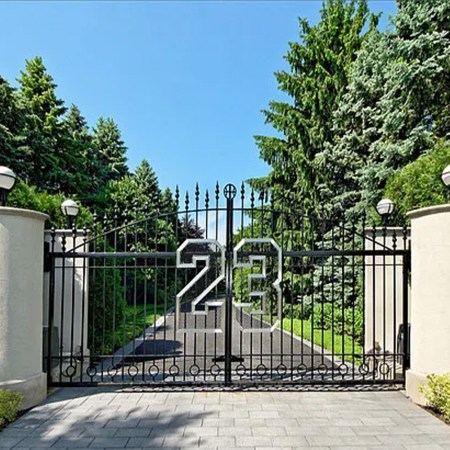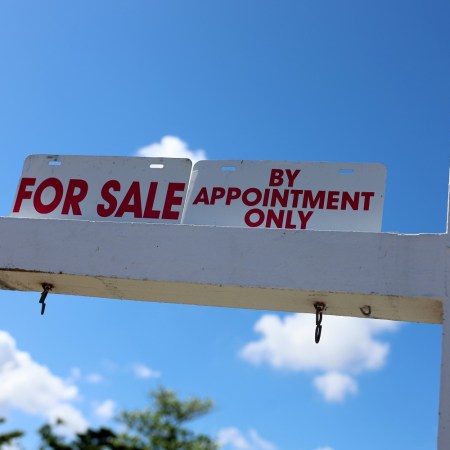Finding a place to live in an in-demand real estate market like New York, San Francisco or Seattle isn’t easy. That’s due to a combination of factors, including high rents and a lack of vacant apartments. In the case of New York, a recent review of housing data suggested that thousands of rent-stabilized apartments simply aren’t being rented out, though the reasons behind this are mysterious.
The quirks of urban real estate have also played a part in this situation. An article at Hell Gate noted that, hey, not too many people are looking to live in a place with a working bathtub in the kitchen. (This is not the weirdest feature of an NYC apartment I’ve seen; a friend of mine briefly lived in a Manhattan apartment where the toilet was situated on one wall of the living room.) There’s another factor behind the infuriating status of urban real estate: buyers purchasing townhouses with multiple apartments and converting them into single-family residences.
That’s the big takeaway from an article in The City by Rachel Holliday Smith. This analysis comes from Adam Brodheim, a housing preservationist studying at Columbia University, who analyzed records of living spaces in New York City being consolidated and found a disturbing trend: over the last 70 years, these residential conversions removed 100,000 apartments from the market.
Smith’s article cites one particular example: a home on East 68th Street that initially contained 17 apartments. It’s now home to one family. Since 1950, Brooklyn has seen the most conversions and the most units lost, while Manhattan has seen a relatively low number of conversions and a high number of units lost. On average, Brodheim told The City, conversions of this type involved the loss of six or seven units of housing in Manhattan, compared to one or two in Queens and Brooklyn, respectively.
New York Review of Books Buys Milton Glaser’s Townhouse
Now that’s a literal NYRB classicFor his part, Brodheim doesnn’t feel that this practice should end; instead, he cited it to argue for building more residential housing. “What this illustrates is that you just have to build a lot more housing,” he told The City. “You have to make up for the fact that people are doing this.”
Thanks for reading InsideHook. Sign up for our daily newsletter and be in the know.


















